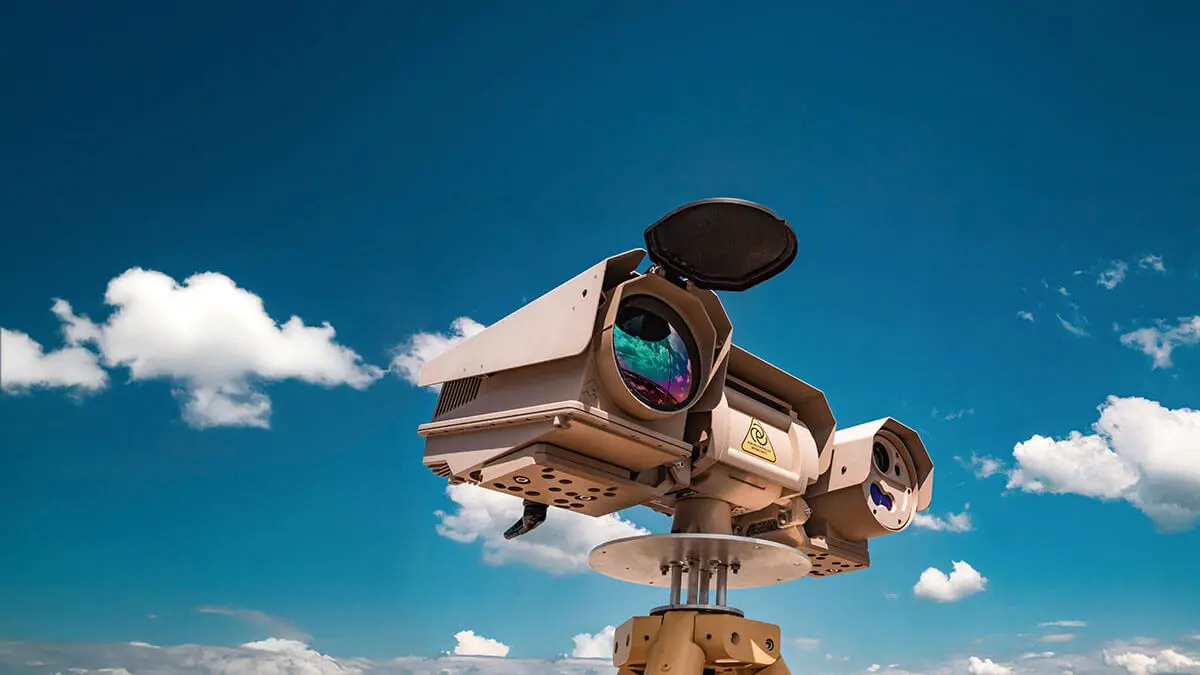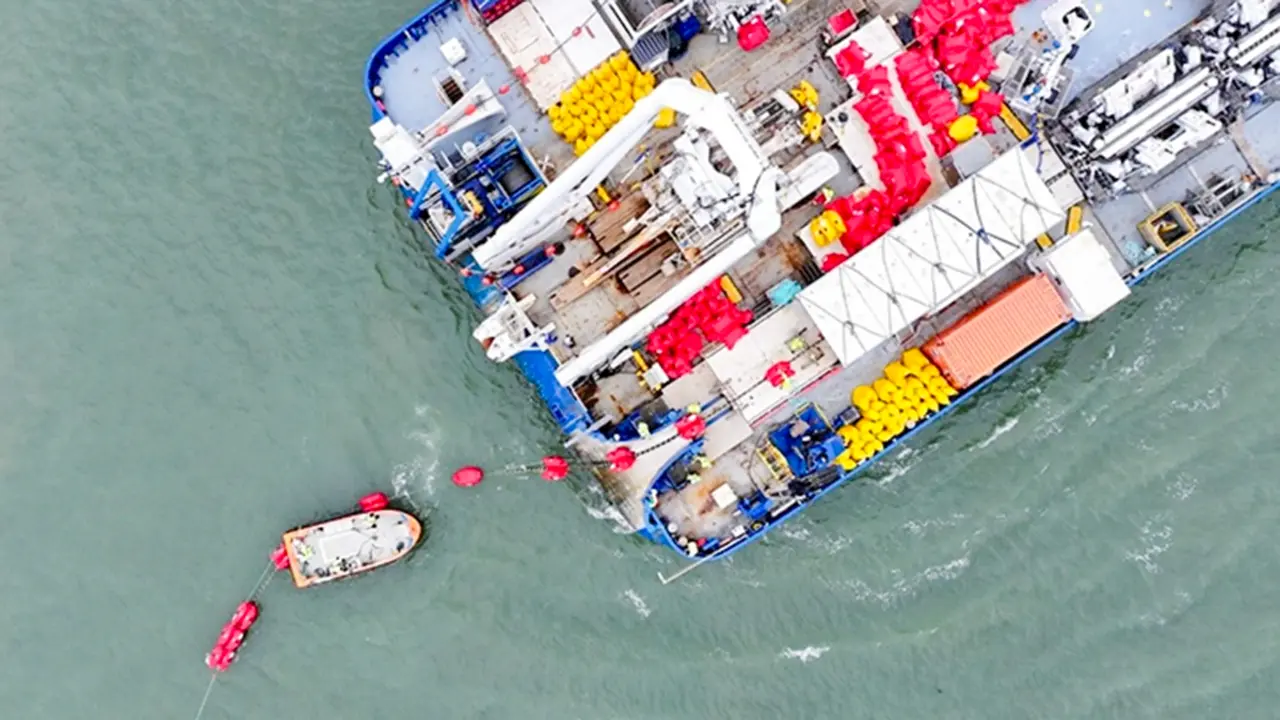Indra's Crow anti-drone system protects Cali's skies during COP16

Indra, a leading global defence, aerospace and advanced digital technologies company, was the main security partner of the Colombian Air Force during the COP16, the most important international event on biodiversity which took place in Cali, Colombia, from 21 October to 1 November and gathered more than 114,000 delegates and heads of state from 196 countries.
The company deployed the Crow anti-drone system to detect and neutralise any potential drone attacks and protect the Blue Zone, where delegates and heads of state from 196 countries were gathered. This system had already proven its effectiveness in other types of operations such as the protection of presidents and heads of state attending NATO Summits in Madrid, the European Union Summit in Granada and Spanish soldiers in Mali. During the COP16 support operation, the system maintained a 24/7 operation managing a total of 220 drone detections, of which 70 were inhibited.
This Indra technological development identifies, classifies, tracks and neutralises remotely piloted aircraft. The protection bubble was extended to several kilometres around using multiple sensors based on active technologies such as 3D radars, radio frequency sensors, thermal and visible cameras, as well as artificial intelligence algorithms and advanced ‘soft kill’ neutralisation systems, which guarantee the inhibition of the operation of drones catalogued as potentially threatening, while maintaining the undistorted operation of previously authorised drones.
‘This is a technology that we are already implementing, which has been tested in several countries in Europe, and has allowed us to provide security guarantees in the aerial perimeter of the blue zone of the Biodiversity Summit. The Crow system, developed and manufactured by Indra, combines several types of sensors and effectors, and is ready to be deployed in a fixed, mobile or portable way, 24 hours a day,’ says Omar Salas, commercial manager of the defence market for Colombia.

The Crow system was adapted to the command and control planning led by the Colombian Air Force, and maintained full integration with its command post throughout the operation. Its configuration allowed it to delimit the number and arrangement of sensors, dynamically programme priority and exclusion zones, alarm levels and thresholds, and integrate with external agencies for alert categorisation.
Its capabilities also have the potential to neutralise small or large unmanned aerial systems at long range, thanks to its adaptive power against emerging threats.
It is designed to be operational 24 hours a day, 7 days a week, i.e. continuous and uninterrupted operation. The Crow anti-drone is modular and scalable in terms of the number and type of systems it can handle and has the ability to work without one or more sensors/effectors; this means that the system can function even if one or more of these parts have a problem or degradation.
Border surveillance and protection
Indra has extensive experience in the development of radar technologies, radio frequency, electronic warfare, air defence systems and global command and control solutions. The company is also a supplier of dual-use, security and defence systems to a significant number of users worldwide.
In addition, the company has innovative technological developments for the surveillance and protection of land and maritime borders and critical infrastructure. One of these is the P2006T MRI, an airborne surveillance system that, due to its versatility, performs all the missions required in the maritime scenario. This is a state-of-the-art system based on four main pillars: use of an aircraft, use of a proven airborne search and identification radar, use of large format, long-range stabilised daytime and infrared optical sensors and integration of an automatic ship identification system (AIS).










